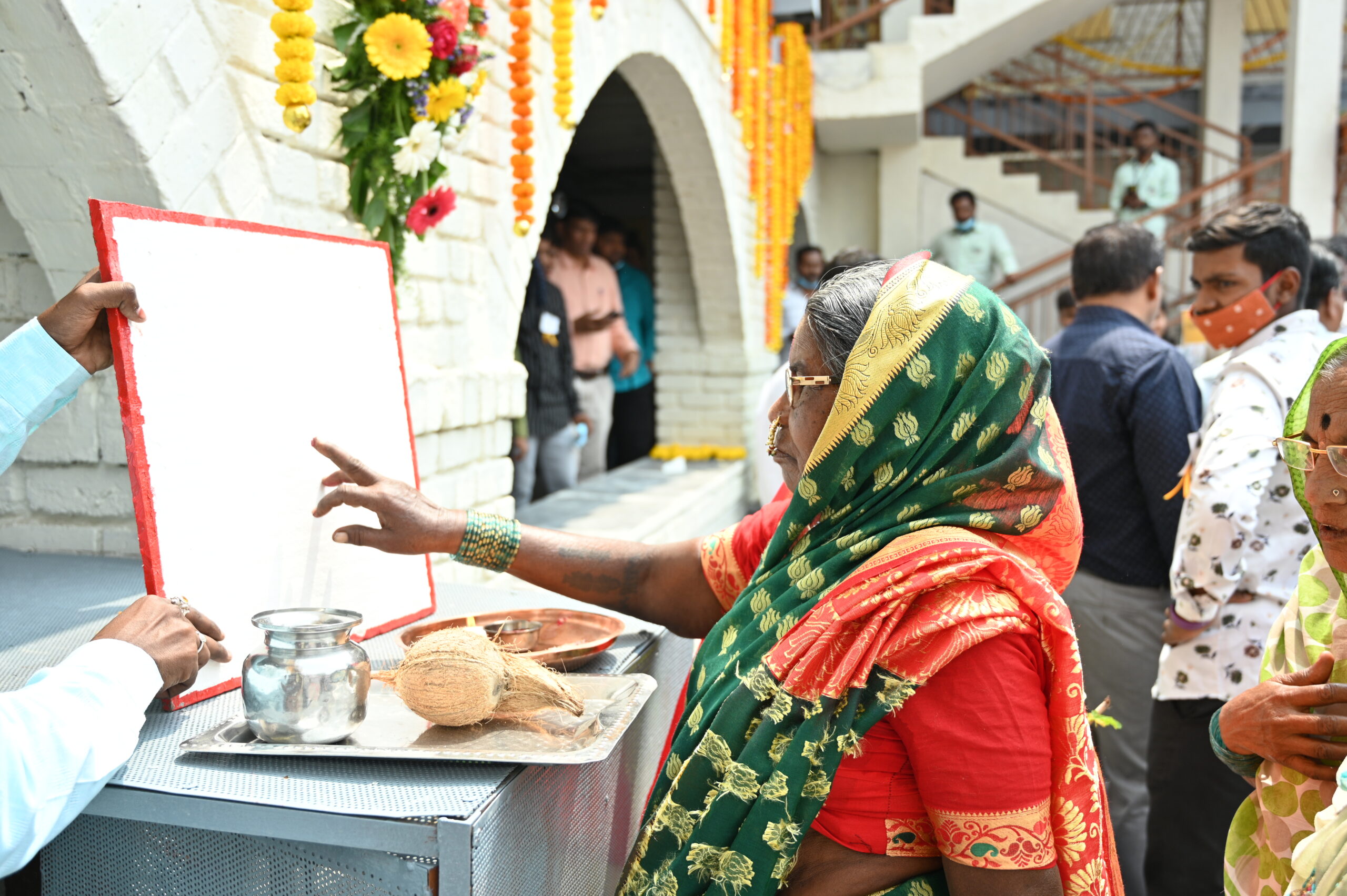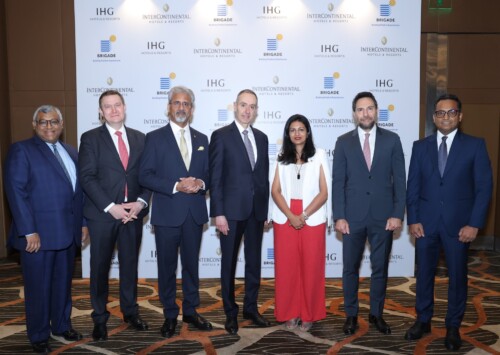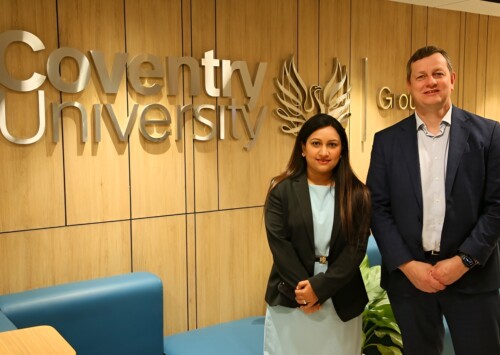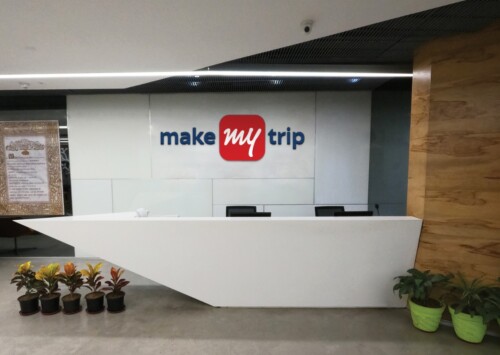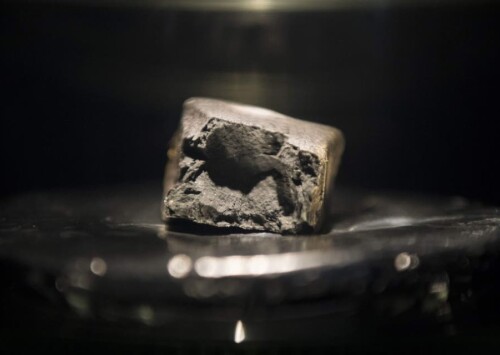Slum residents in Ahmednagar move into new homes
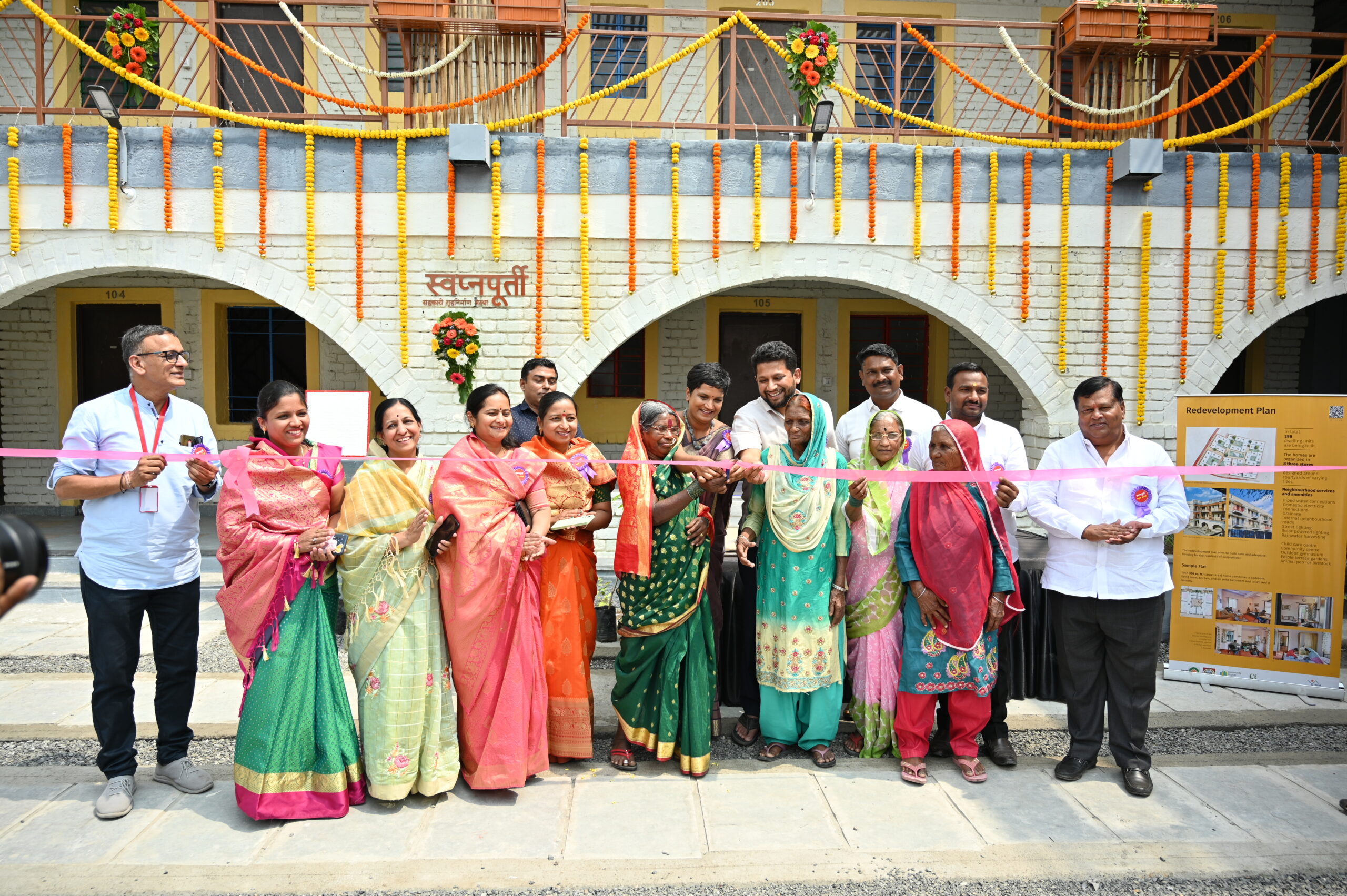
Keys to their own homes: Best possible gift for residents on International Women's Day (Photo: Snehalaya)
As many as 33 families living in Sanjay Nagar, a slum located in Ahmednagar city in western Maharashtra, marked the International Women’s Day by celebrating ‘Grihapravesh’ into their new homes on March 8 as part of an ambitious project to provide safe, healthy, and attractive new homes that were delivered to them under the Pradhan Mantri Awas Yojana (PMAY-Urban).
The project was executed as a collaborative effort of residents of Sanjay Nagar residents, Ahmednagar Municipal Corporation, Snehalaya, a local non-profit and Community Design Agency, an initiative of Curry Stone Design Collaborative.
A press statement by Snehalaya says that construction on the remaining 265 homes is slated to begin in November 2022. Sanjay Nagar is a tightly-knit and resilient community of 298 families, living in slums spread over just two acres of municipal land. This slum rehabilitation pilot housing project started in early 2018. After nearly 4 years of intensive participatory planning, design and construction, the redevelopment of Sanjay Nagar slum aims to establish a new benchmark for housing for communities living on the margins.
“Till date, the SRA projects for slum redevelopment are planned and implemented for benefitting the lobby of Builders and Developers.We have planned and moved every little step after consultation with the beneficiaries. This process is unique than the end result of 300 square feet home to every homeless family in just INR 1,00,000. That’s why this project will be a landmark in the movement of Right to Shelter in India” says Girish Kulkarni, founder of Snehalaya.
Made possible through PMAY- Urban along with funding support from Curry Stone Foundation and residents’ contribution towards construction, this project is a shift from the traditional housing models. The collaborative team’s mission is to deliver safe and healthy homes, jobs and training, community enrichment programs and further female homeownership, in order to co-create a vibrant and thriving community with the residents, says the statement.
According to the World Bank, by 2050, 44 pc of the world’s population will live in informal communities such as Sanjay Nagar. In India alone, there is currently a projected deficit of 20 million urban homes, with as many as 14 million households living in slums. Additionally, a baseline survey indicates that children’s growth and health in Sanjay Nagar are lower than the national average. Current thinking on low-income housing tends to prioritise quantity of units, resulting in impersonal high-rise structures that degrade rather than support the communities they seek to serve.
CDA believes in a different approach to addressing these inequities in the built environment. “The answer to housing inequality lies in building thousands of vibrant communities, not in mass producing millions of individual units,” says Sandhya Naidu Janardhan, managing director, Community Design Agency. CDA’s direct experience is that informal communities might be poor in infrastructure yet are powerfully resilient with an abundance of social cohesion that residents rely on for survival. The families of Sanjay Nagar have been an integral part of the process from day one, wherein tapping into their strong social bonds and supporting their ideas, helped realise their vision for a vibrant, safe and healthy place to live, work and play.
The press release says that design plans for the completed neighbourhood include all essential amenities like water and drainage, roads, street lighting, childcare and community centres, courtyards for healthy recreation, edible gardens to support nutrition, and retail shops. The residents contributed to all design decisions, addressed social issues, compromised with their neighbours and even worked on construction teams to build their new homes.
Partnership key to project success
Critical to CDA’s process to transform Sanjay Nagar is having a strong social partner. Snehalaya’s decades of children and women’s development programs focused on basic human rights, health and education, within this community helped facilitate a successful participation from the residents in co-creating their new homes. “Building consensus through continuous dialogue amongst the 298 families required incredible will power, patience and versatility in our action plans” says Hanif Shaikh, assistant director, Snehalaya. “Once the residents of the Sanjay Nagar community get their rightful home with adequate light and ventilation, potable water and sanitation, will bring about a fundamental change in their lives,” adds Shaikh.
To participate in the project and become a homeowner, each family completed a residential application, applied for relevant government IDs, saved the funds needed once approved, and gave design input for their homes, all with constant coordination with Snehalaya. The eligibility criteria to apply for one of the new homes was determined by the PMAY – Urban programme.
Another key component of this transformation is financial inclusion. Working with social lending partner Rang De, residents were able to apply for low-interest, non-predatory loans. This not only helps the community achieve first-time home ownership but provides a way to build credit history that can be used for future family plans of education and small business loans. Homeownership on this project was also open to all female heads of household. Upon project completion, this community is expected to increase female ownership from 5 pc to more than 50 pc.
The redevelopment of Sanjay Nagar illustrates the transformational power of collaborative design and the impact that the built environment has in ensuring communities on the margins can flourish. CDA sees their work as open source and relevant not only to India, but to the world at large. In the years to come they have plans to apply this design approach and model to slum and informal communities, and to train others with this work process.
The redevelopment of Sanjay Nagar is a public/private partnership, funded by the Indian Government, through its flagship Housing for All (PMAY- Urban) program, with support from Ahmednagar Municipal Corporation and the U.S. based Curry Stone Foundation along with contribution from the residents. Additional funding is currently being raised through philanthropic donations.

